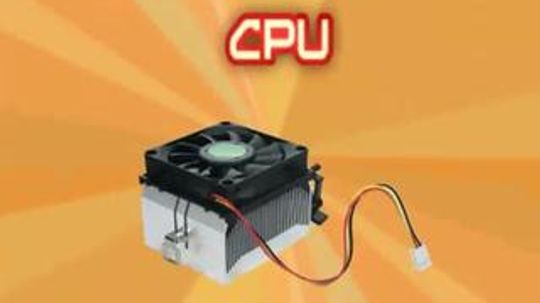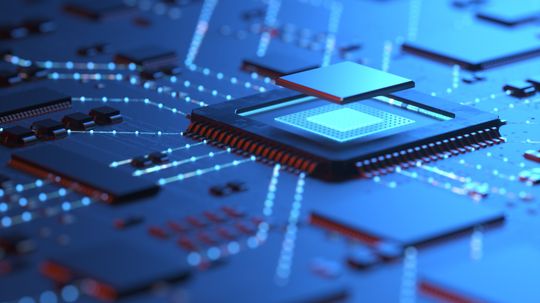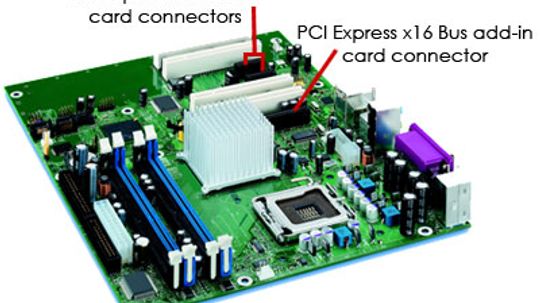Get ready to dive into the fascinating world of computer hardware, mateys! Brace yourselves for a wild ride as we uncover the secrets behind these tech gizmos that make our digital lives possible. So grab your cuppa and let’s set sail on this voyage!
The Lowdown on Computer Hardware
Alright, listen up me hearties! Computer hardware is all about them physical components that come together to create a beastly machine. We’re talking ’bout things like motherboards, processors, memory sticks, hard drives – you name it! These bad boys work in harmony to bring life to your beloved PC or laptop.
Digging Deeper into the Guts
Aye, now we be gettin’ down and dirty with some serious tech talk. Let’s start with the motherboard – think of it as the captain of this ship. It holds everything together and ensures smooth sailing for all other components. Then there be the processor – that brainy fella who crunches numbers faster than ye can say “shiver me timbers!” And don’t forget about memory sticks; they be storing all yer precious data.
The Quest for Storage Space
Mateys, when it comes to storage space, bigger is always better! Hard drives are where ye stash all yer booty – from movies and music to those embarrassing photos from last year’s shindig. But if ye want lightning-fast access times without any moving parts getting in yer way, solid-state drives (SSDs) be what ye need.
In Conclusion: The Hardware Hoopla
Arrrgh…me head be spinning after delving into this treasure trove of computer hardware knowledge. We’ve only scratched the surface, but now ye have a taste of what makes these tech gizmos tick. So next time ye fire up yer trusty machine, remember to give thanks to all those bits and bobs that work tirelessly behind the scenes.









